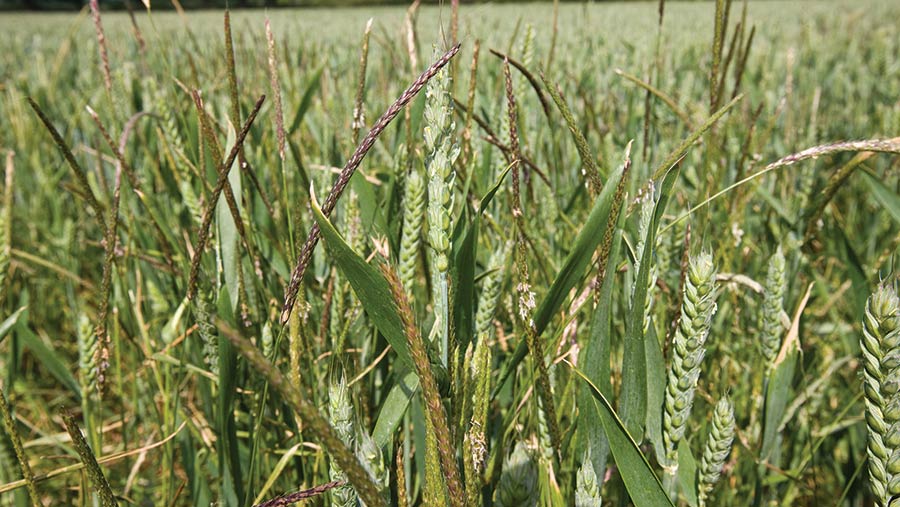New mode of action blackgrass herbicide set for autumn 2021
 © Tim Scrivener
© Tim Scrivener A novel pre-emergence herbicide for grassweed control, including blackgrass in winter cereals, with no known cross-resistance is expected to be available for use in autumn 2021.
Luximo, from manufacturer BASF, is positioned as a specialist grassweed herbicide, with a unique mode of action that will help maintain the effectiveness of integrated weed control programmes.
Its active ingredient, cinmethylin, will provide pre-emergence residual control against a broad range of grasses, including persistent blackgrass and ryegrass in winter cereals.
See also: Why one grower went organic to tackle blackgrass problem
The benefits
The group’s cereal herbicide business development manager Stuart Kevis explains what the breakthrough means for growers.
“It’s been a long time, from a chemical point of view, since we have had a new product to help us with the fight against blackgrass, and I believe Luximo is something which will truly help growers in the blackgrass battle going forward.”
The new product is currently undergoing the approval process, and Mr Kevis hopes it will be available for growers next autumn. It will sit alongside current herbicide programmes to effectively control grassweeds, while enhancing resistance management.
However, Mr Kevis warns growers that herbicide resistance is a natural phenomenon, which occurs as genes in the DNA of weed plants mutate over time.
The new product should, therefore, be used responsibly and sustainably to avoid a build-up of grassweed resistance to the novel active.
“We want to ensure a sustainable product is available for as long as possible in the marketplace, so we don’t want to use the product solely on its own, otherwise this would risk exposing the active to resistance,” he adds.
How Luximo works
Sascha Schlaefer, BASF technical leader for cereal herbicides in Europe, explains how Luximo, the new mode of action grassweed herbicide, works.
“The new active ingredient, cinmethylin, inhibits a fatty acid thioesterase enzyme which irreversibly disrupts cell membranes and damages emerging weeds,” he says.
The specific shape of the active targets the enzyme causing it to be blocked, so fatty acids cannot be released.
“In pre-emergence treatments, this means that seedlings quickly become unable to survive and grow.”

